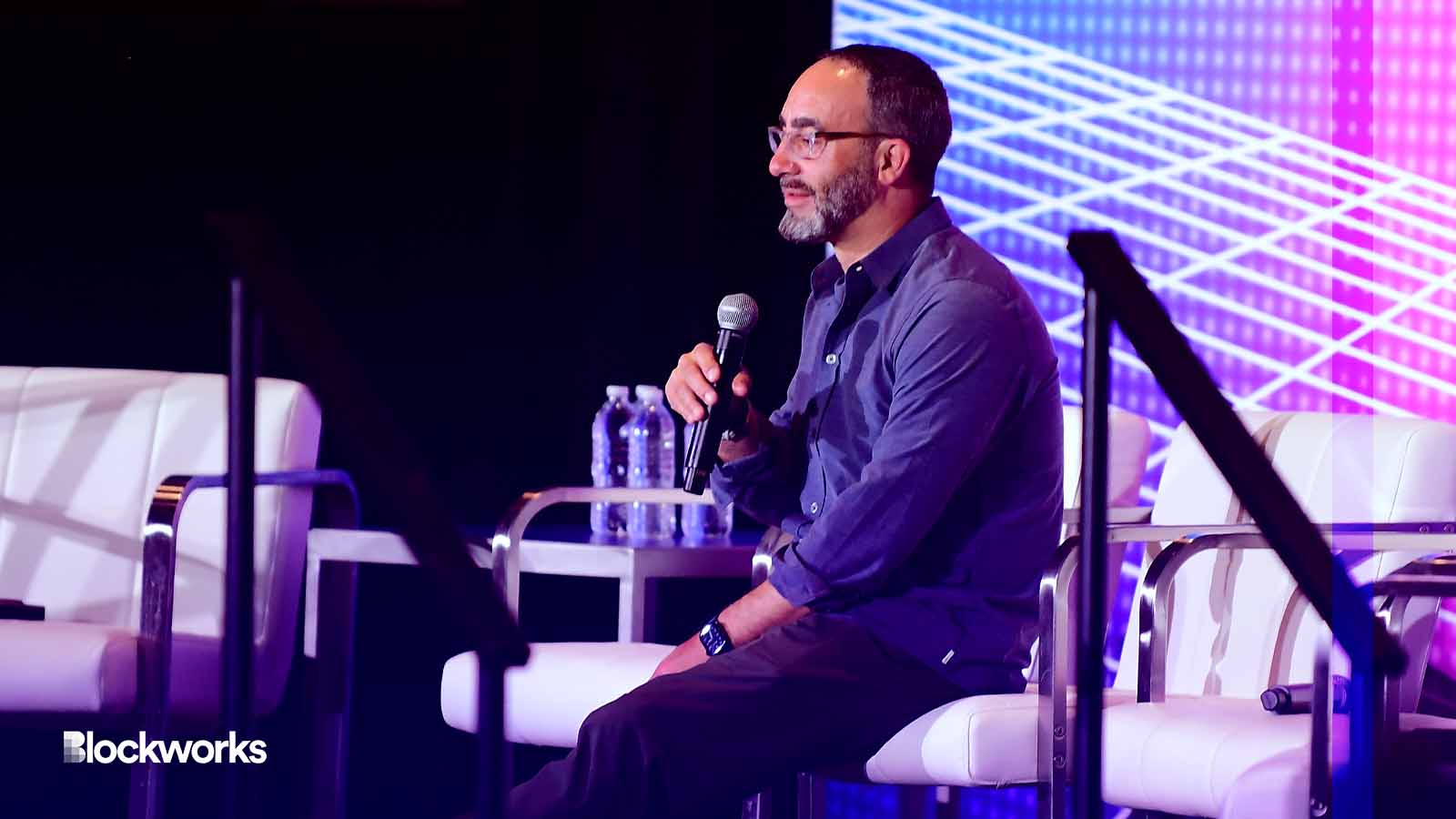Ethereum is ‘much more centralized than folks realize’: Blocknative’s Matt Cutler
Blockworks spoke with Matt Cutler, CEO of Blocknative — which exited the Ethereum relayer space last week — about the relayer puzzle and its implications for Ethereum

Permissionless II by Blockworks
Blocknative discontinued its MEV-boost relayer service on Ethereum last week. While other relayers do remain, a large majority of Ethereum transactions are now handled by just four entities.
Relayers are responsible for bridging transactions between block builders and proposers. Without relayers, the network would face delays in transaction confirmations, reduced efficiency and potential bottlenecks, disrupting the smooth processing of transactions.
This development not only raises centralization concerns, but also underscores one of Ethereum’s central obstacles post-Merge: Relayers are providing costly services without compensation.
Blockworks: Some funding approaches would solicit community donations to reward relayers while keeping the service free. Why didn’t you buy into these sorts of funding models?
Cutler: We’re a US-based entity, and that means OFAC SDN is a fact of life for us. We work very hard to be ecosystem aligned, and there are a lot of hard line stances as it relates to OFAC SDN compliance. A number of the public goods funding approaches that were being discussed for relays explicitly carved out relays that were OFAC SDN compliant, and I had some in-depth conversations with [Ethereum Foundation] core devs who basically felt that this was a black and white issue.
By the way, each infraction of OFAC SDN is up to a $30 million fine and up to 30 years in jail, right? And each transaction can be considered an infraction. So it’s like infinite liability. We were put in a sort of a rock and a hard place situation where we couldn’t satisfy both.
Blockworks: Were you told OFAC compliance would keep you from receiving funds from community relayer funds that are currently in the works?
Cutler: While this was a topic of active discussion, specifically we never got that far. I think from our perspective this is really not about covering our costs. I mean, certainly the costs are substantial, but you know we’re trying to build a business here. And so just keeping the lights on and maybe not even paying for engineer salaries doesn’t really cut it. We’re trying to drive growth, right?
Blockworks: One argument made against more baked-in revenue creation for relays is that charging fees creates a slippery slope where fees increase and users find ways to circumvent relays. What would you say to this?
Cutler: There is no other part of core Ethereum infrastructure which is really funded as a public good, maybe other than consensus clients, and they’re funded pretty heavily. So why do we pass the hat for something which is operationally required?
I was always an advocate for what I call “missed slot insurance.” There’s many examples of relays, including Blocknative, making staking pools pull due to missed slots. My answer was there should be a hard fee with a hard benefit. The hard fee is you’re gonna pay into an insurance pool, and in the event where the relay network doesn’t do its job, you can expect missed slot insurance. OK, conversely, if you’re using a relay which is not part of the structure, you cannot expect insurance, but this is the bargain.
Really what the network wants from the relay network is not competition. It wants utility. I flip on the light switch, and the lights come on, and I sort of understand that there’s a whole set of people who might be involved in delivering the power, but I don’t want to think about any of that. I don’t want to hear that, like, the oil came out of the ground in Bahrain and then got put on a boat that got caught up in the Suez Canal, and you gotta call the boat company. You’re like, “no, I just want the lights to go on,” right? You’re receiving this massive benefit from our operations, and there should be some sort of fee structure that’s associated with it.
Blockworks: To zoom out for a second, why do relayers matter for Ethereum and the worldview it’s trying to advance?
Cutler: The whole idea is we’re building the foundation of the next economy that’s fundamentally more equitable than the existing system, and maybe it’s inevitable we recreate it, right? That’s something that is concerning to me.
At the relayer network, we now have four entities — two in the US, two in Europe — that relay 93% of all the blocks on Ethereum. There’s no explicit economic incentive, therefore there are implicit economic incentives that are opaque. There are all sorts of economic incentives to do things like colocation and there’s all sorts of backroom deals that are possible and may even be happening right now. The network is much more centralized than folks realize and is on a trend to become more centralized. It’s going in the wrong direction, and hey, Blocknative exiting, we can decide if this is a good or a bad thing or if it’s a non event, but there’s no question it’s now more centralized this week than it was last week.
This interview has been edited for brevity and clarity.
Get the news in your inbox. Explore Blockworks newsletters:
- The Breakdown: Decoding crypto and the markets. Daily.
- 0xResearch: Alpha in your inbox. Think like an analyst.






